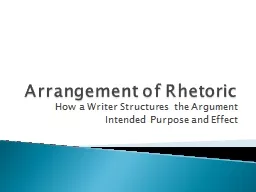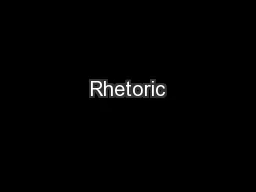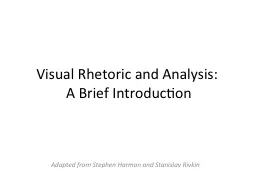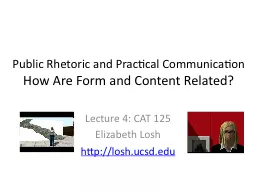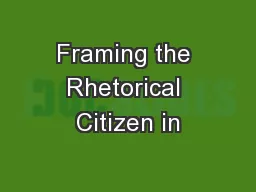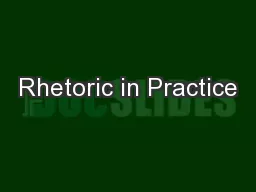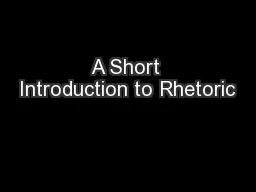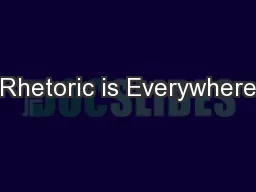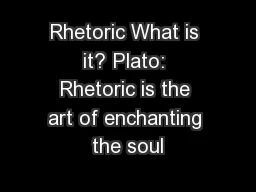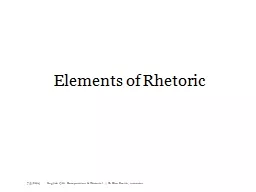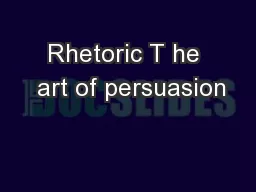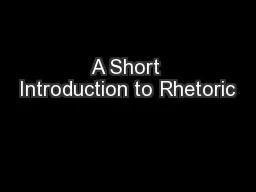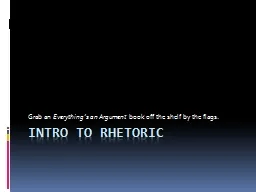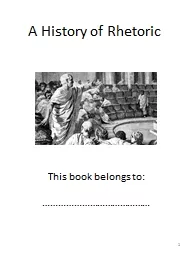PPT-Arrangement of Rhetoric How a Writer Structures the Argument
Author : ellena-manuel | Published Date : 2018-11-03
Intended Purpose and Effect Introduction exordium beginning a web often where the writer establishes ethos Narration narratio appeals to logos and often to
Presentation Embed Code
Download Presentation
Download Presentation The PPT/PDF document "Arrangement of Rhetoric How a Writer Str..." is the property of its rightful owner. Permission is granted to download and print the materials on this website for personal, non-commercial use only, and to display it on your personal computer provided you do not modify the materials and that you retain all copyright notices contained in the materials. By downloading content from our website, you accept the terms of this agreement.
Arrangement of Rhetoric How a Writer Structures the Argument: Transcript
Download Rules Of Document
"Arrangement of Rhetoric How a Writer Structures the Argument"The content belongs to its owner. You may download and print it for personal use, without modification, and keep all copyright notices. By downloading, you agree to these terms.
Related Documents

